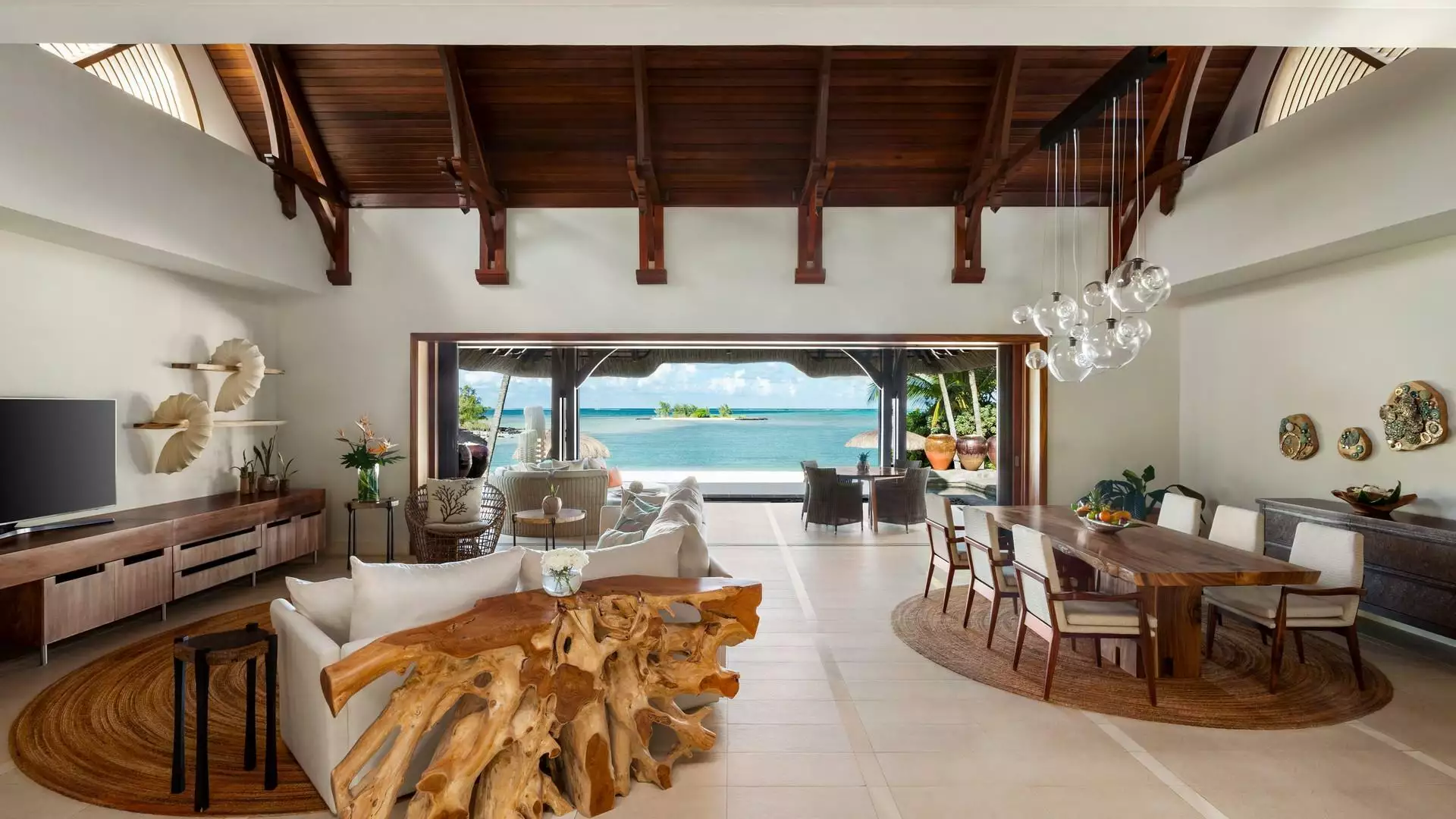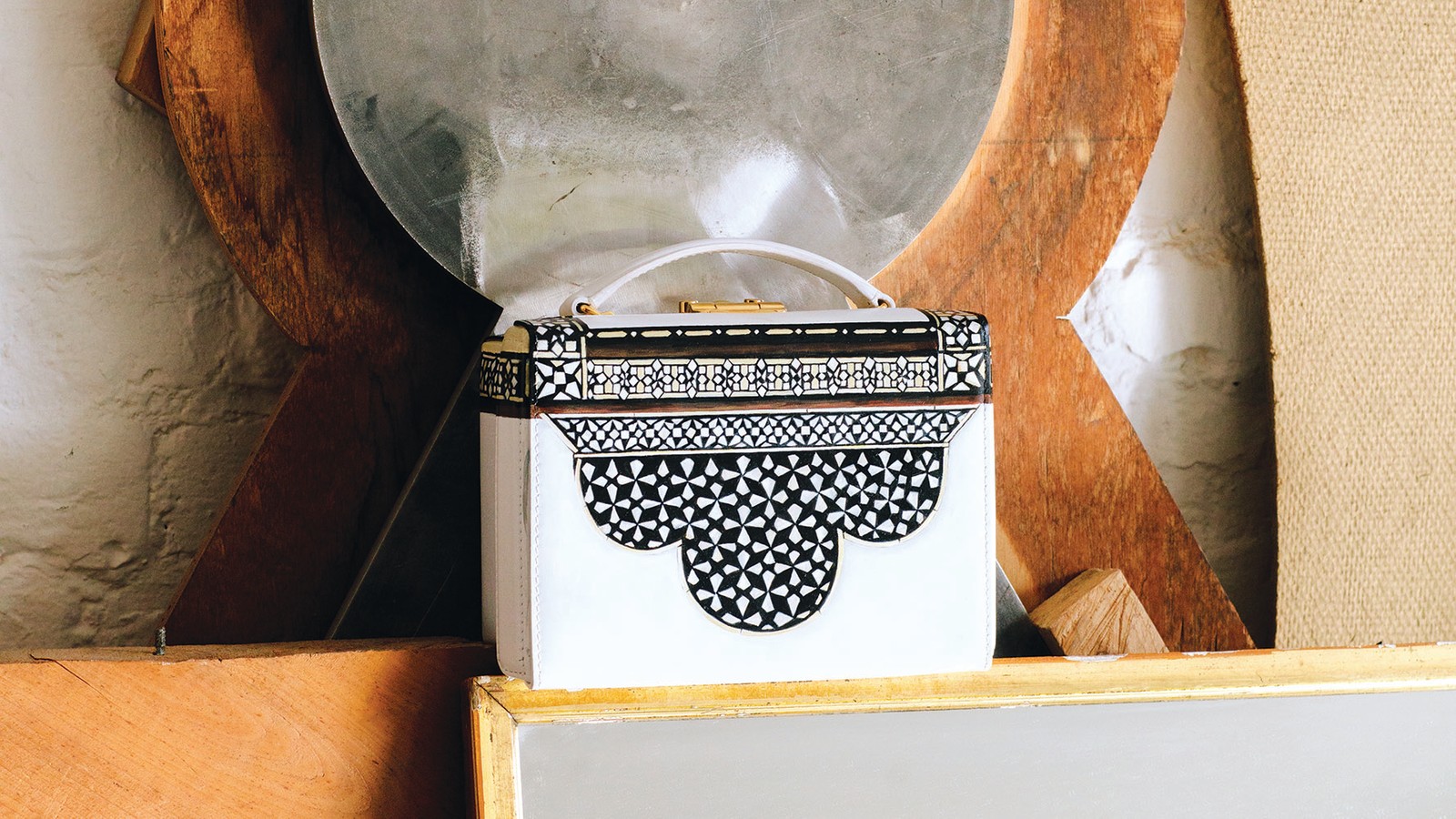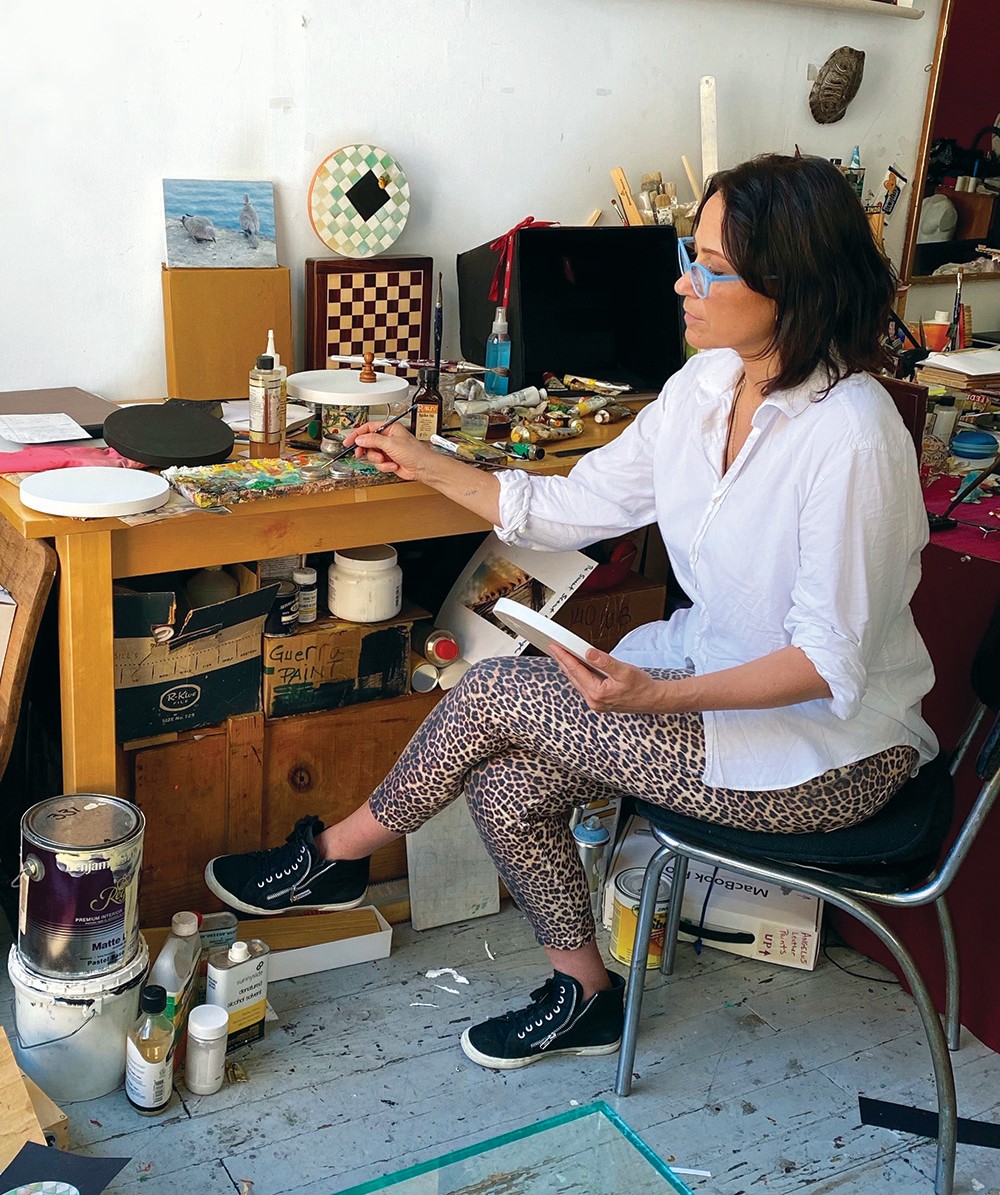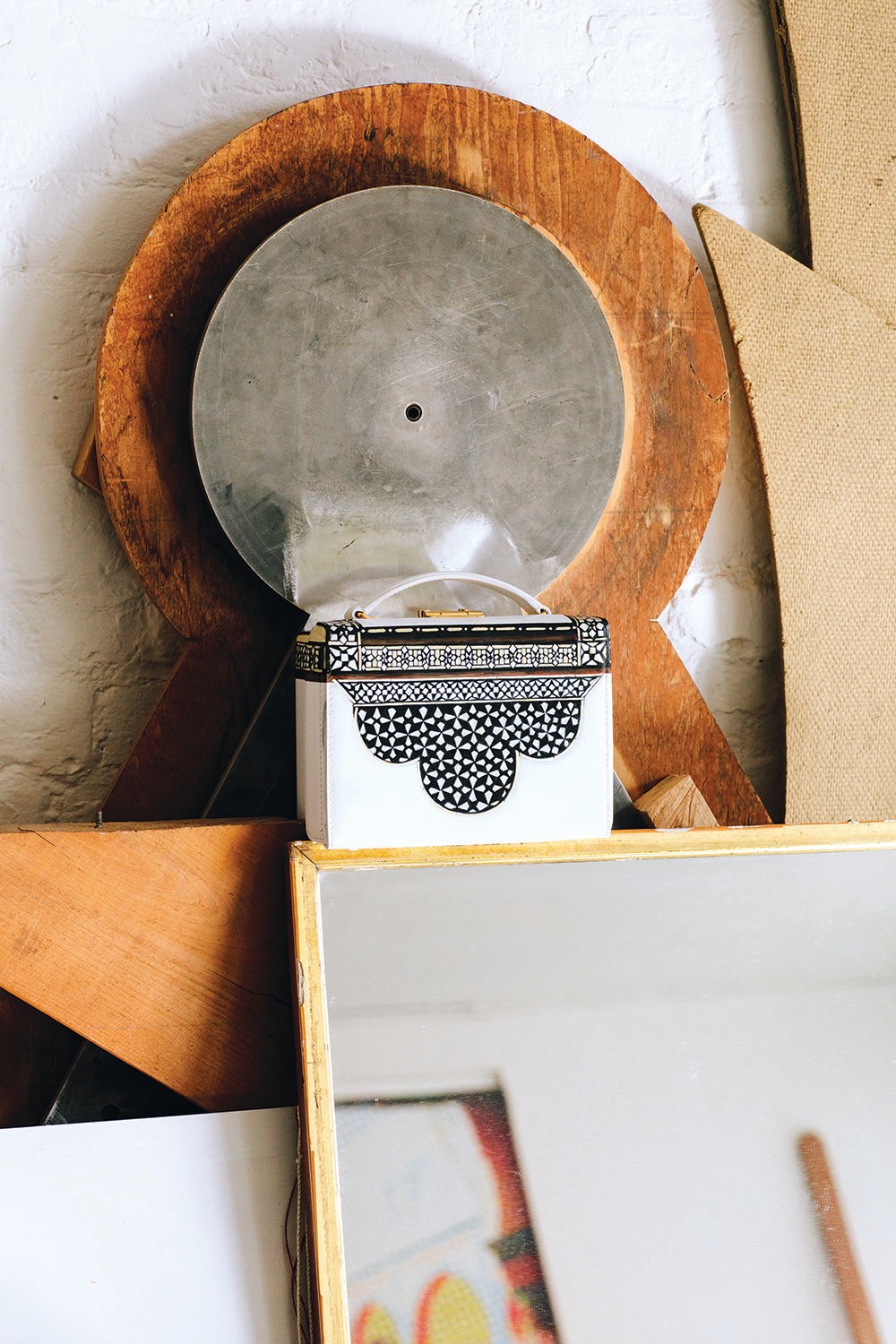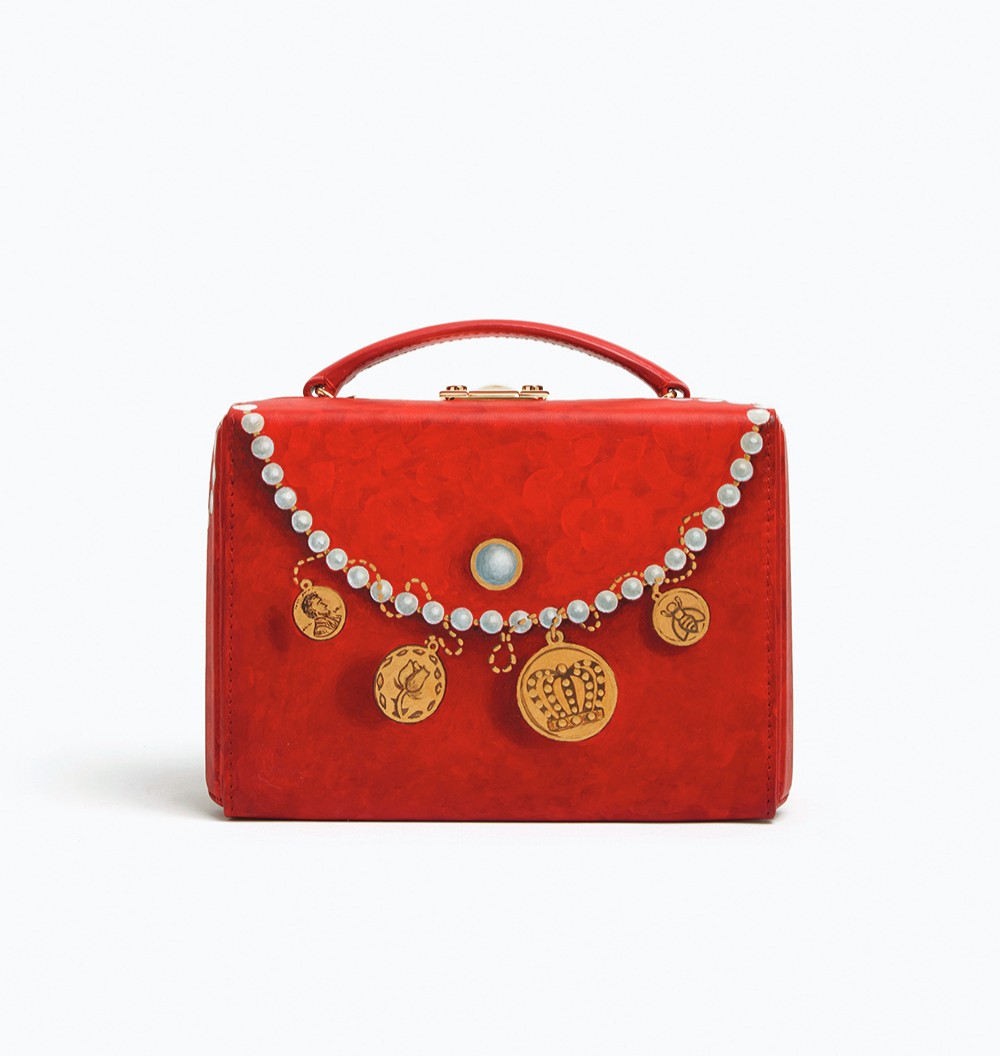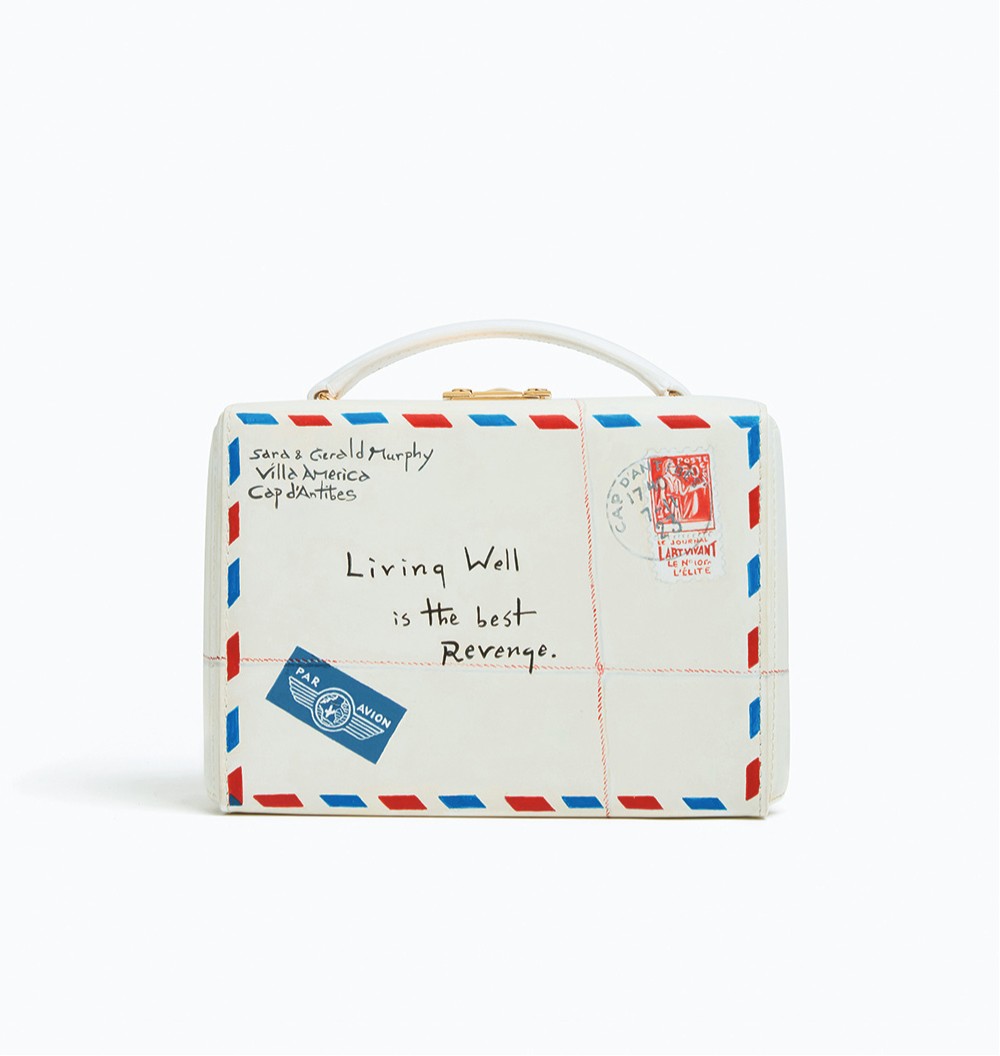Sophie Matisse is a natural-born artist. As the daughter of sculptor Paul Matisse and great-granddaughter of celebrated French painter Henri Matisse, it’s no surprise Matisse found herself in the art field. But she says it’s less her family’s roots in the art world and more her upbringing that led her there.
Matisse says she did not grow up hearing many stories about her famous great-grandfather, which she believes saved her from “a lot of baggage” and potential pressure to live up to his legacy as a painter.
“I don’t think I would’ve been strong enough to lift that on my shoulders at that time, so I got my roots into my own art,” she says.
Matisse, 55, studied art in Paris and developed her own style as a contemporary artist. She says she thinks of her work like a fishing expedition: “always in search of a great catch with lots of daydreaming along the way.”


